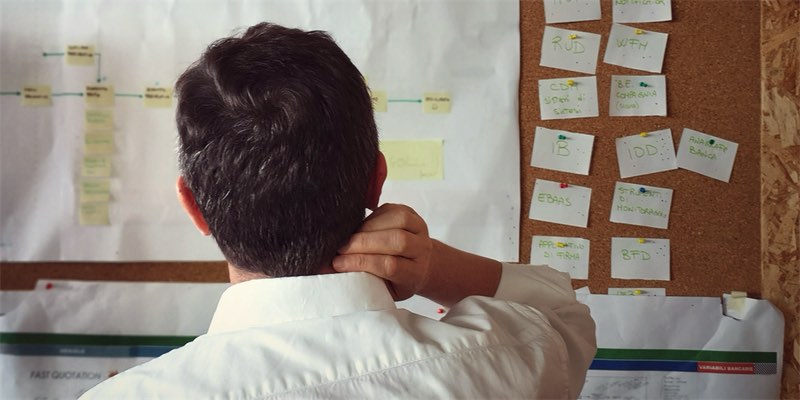I have always been a great admirer of renowned Indian mythologist, speaker and author Devdutt Pattanaik. I have read almost all his books, and his ability to seamlessly straddle different worlds – the ancient, Vedic and Purana history with modern chaotic times – intrigues me to no end. In recent times one book, in particular, captured my interest – Dharma Artha Kama Moksha. As someone with a long corporate experience, chapter 33, Grow up and move on which drew parallels between the four stages of Vedic life – Bhahmacharya-ashram (student life), Grihastha-ashrama (householder), Vanaprastha-ashrama (retirement from household duties) and Sanyasa-ashrama(detached from the world) – with the usual trajectory of corporate life struck a chord.
Pattanaik writes in the chapter, “When one joins an organisation, one spends a lot of time learning – Brahmacharya. Then at a point, the learning stops and one becomes increasingly productive with higher and higher levels of efficiency and effectiveness – Grihastha. After that comes a time when one outgrows a job. This is the stage when one must step into Vanaprastha, when one empowers and enables the next generation to step in. Having created the talent pool that can take one’s place, one achieves Sanyasa, the freedom to move on, out of the current job paradigm and into a new challenging paradigm. And the cycle starts all over again….”
Read the book to appreciate how Pattanaik connects stories from Mahabharata, where king Shantanu and Yayati took advantage of the obedience of their sons to satiate their indulgence in power and pleasure. I wish I could share the whole chapter here in this article, but I am not sure if I can do that without obtaining prior permission. Pattanaik writes how people like Shantanu and Yayati exist in the corporate world who do not want to pass the baton to their subordinates for fear of Sanyasa. He writes, “Letting go, moving on, is perhaps the most important skill one needs to possess in the corporate world”, an observation he explains with the analogy of Janmashtami’s dahi-handi ritual. If people at the bottom do not rise, the person on top cannot reach the pot of butter and curd.
Useful Resources: online communication courses | online courses for career development
I have been a Toastmaster for over ten years now. I wanted to start a community club to see if I had it in me to create one. Together with a group of equally passionate people, we formed a team. I assumed the role of Bhishma. I decided I will not take the hot seat of power; I will not be part of the office-bearers team, but rather, stay outside and guide them. When I got too involved in the team’s affairs, getting flustered with things not going in the right direction, I became too hard on my teammates. My mentor said, “Sudha, it is time for you to let go,” and I realised the importance and power of letting go.
In the corporate world, this skill doesn’t come easily to many. When one becomes too good at doing what one does, it is time to teach that skill to others and move on. Some become too insecure to allow their juniors to grow. Some founders do not want to pass the baton because the founding organisation is like their child, too close to their heart, similar to how I felt attached to my club.
Many institutions have perished because their leaders didn’t groom their colleagues to step into their shoes. Insecurity and fears of becoming redundant dictate these actions. Once we realise that these four stages are not set in stone but are cyclical, we could become a student once again, when we embark on a new journey and start learning new skills, we could climb to the top and descend again like the cycle of birth-death-rebirth. If only we understood that, we wouldn’t fear death too.
Leaders, an essential trait of leadership is mentoring and grooming the young ones. Do not see your younger colleagues as a threat, but as potentials.
At School of Meaningful Experiences, we help leaders communicate and collaborate with their team, enabling them to overcome their fears and insecurities while creating a cohesive unit that can take on any challenges.
– Sudha Rajesh, SoME Mentor.
Pic credit: Harper Collins publishers India




















